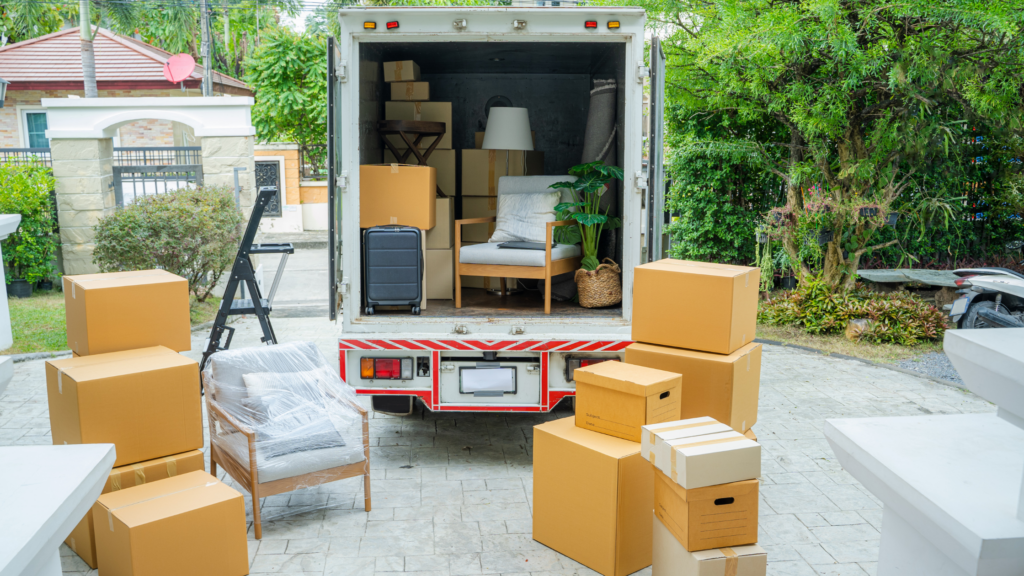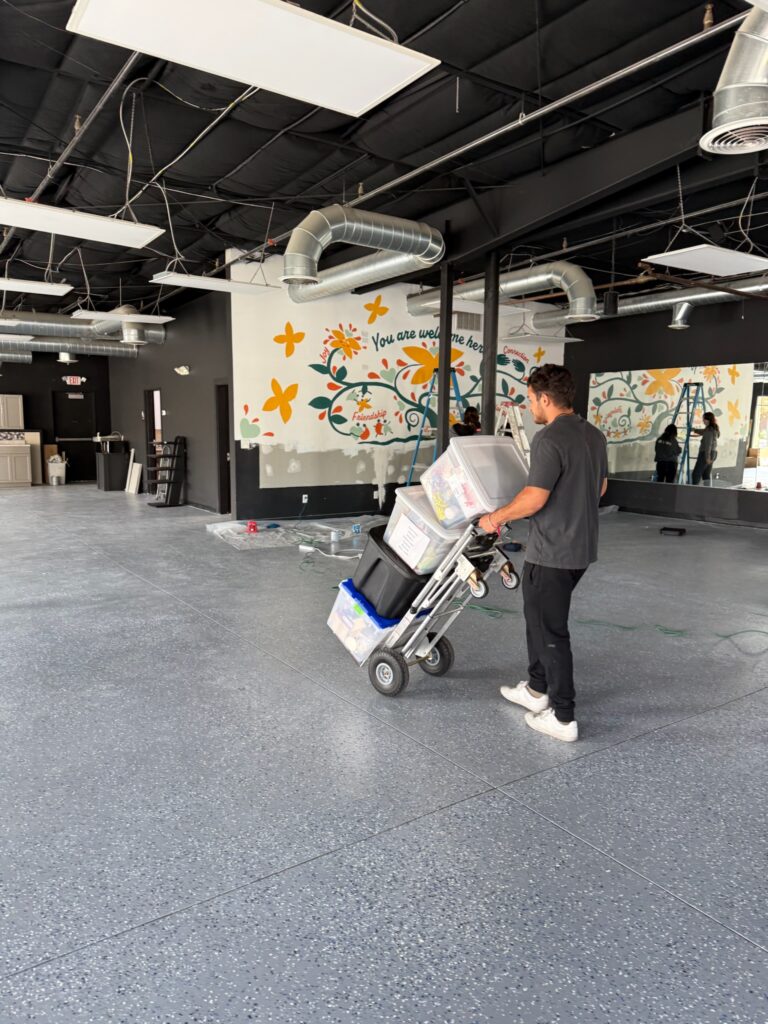Relocating to a new house is a big step, and if you have a green thumb, you probably consider your house plants part of the family. Whether you’re crossing state lines or just moving to a new space down the road, ensuring your live plants make the journey safely is a key step in the moving process.
Plants are living, breathing things, and moving them requires special care, enough time, and the best method suited to each type of plant. At Electric Monkey Moving, we understand that your potted plant collection—ranging from indoor plants to outdoor plants, from small plants to larger plants—deserves the same attention as the rest of your belongings. That’s why we’ve created this ultimate checklist for moving with plants.
1. Know the Rules: Regulations on Moving Plants
Before you load up your moving van, it’s a good idea to research state laws and plant regulation policies. Some state borders have restrictions, especially for invasive plants, citrus plants, or tropical plants.
- Check with the U.S. Department of Agriculture and your new home state’s department of natural resources.
- Certain plant’s soil may harbor pests or diseases.
- Strict guidelines may apply to plants entering California, Florida, or Los Angeles areas.
2. Choose the Right Time to Move Your Plants
Plants don’t do well in extreme temperatures, so avoid winter months or the peak of hot day summers if possible.
- Early spring is ideal for moving plants.
- Avoid moving during cold days or when nighttime temperatures drop below 50°F.
3. Prepare Your Plants for the Move
Give yourself at least a couple of weeks before the big move to prep:
- Prune dead leaves and remove newer growth that may not survive the move.
- Repot from clay pots to plastic nursery pots or plastic containers for safety.
- Ensure each plant is a healthy plant before moving.
- Check label directions for any treatments, watering needs, or sensitivities to direct sunlight.
4. Packing Plants Properly
To pack plants securely for short or long distance travel, follow these best way practices:
- Use bubble wrap or plastic wrap around the base of the pot to contain soil.
- Wrap the top of the pot with plastic bag secured with rubber bands to reduce mess.
- Use wet paper towels for delicate plants or mature plants with a lot of foliage.
- Insert smaller pots into cardboard boxes with plenty of cushioning using packing paper.
- For taller plants, place in a sturdy box and secure upright.
- Poke holes in boxes for ventilation.
- Label boxes as “LIVE PLANTS” for moving companies to handle with special care.
5. Transporting Your Plants
The safest way to move plants is in a personal vehicle, where you can manage light intensity, temperature, and avoid cold days or extreme heat.
- Never place plants in the moving truck or van line for long distance moves without climate control.
- If using a moving company, ask about shipping plants or plant transportation services.
- Place pots in a position with indirect light and away from direct airflow.
6. Upon Arrival: Acclimating to a New Environment
When you reach your new location, unpack your plants as the last thing to give yourself time to arrange their space thoughtfully.
- Gradually reintroduce them to light intensity changes.
- Avoid placing them in direct sunlight until they adjust.
- Check soil moisture and avoid overwatering.
- Look for signs of stress and give them extra space to breathe.
For outdoor plants, consider:
- Digging a circular trench around the root ball for replanting.
- Ensuring good drainage in your new environment.
- Matching the plant to the right microclimate in your new place.
7. When It’s Too Much Work: Alternatives
Sometimes, moving your plant collection can be too much work, especially for long distance relocations or with a lot of plants. In that case:
- Gift plants to family members or friends.
- Donate to local offices, schools, or green spaces.
- Sell plastic pots and potted plants locally before the move.
The good news is, moving to a new home is a great opportunity to collect new plants suited for your new environment!
8. Frequently Asked Questions
Q: Can I ship my plants across state lines?
A: You must check state regulations and shipping policies. Some carriers follow Transportation Security Administration (TSA) rules and may prohibit live plants.
Q: How do I move my plant safely in cold weather?
A: Wrap the entire plant in plastic wrap or place it in a sturdy box with packing paper insulation, then move it in your personal vehicle.
Q: Is it legal to bring plants into any state?
A: No. State laws differ, and invasive plants or soil-borne pests can be prohibited. Always check with your new state’s department of natural resources.
Final Thoughts
Moving with plants isn’t always easy, but with careful planning, the right equipment, and help from a professional moving company, your leafy friends can thrive in your new home. From packing plants properly to ensuring special care during transit, this checklist offers the best method for a happy moving experience—for both you and your plants.


